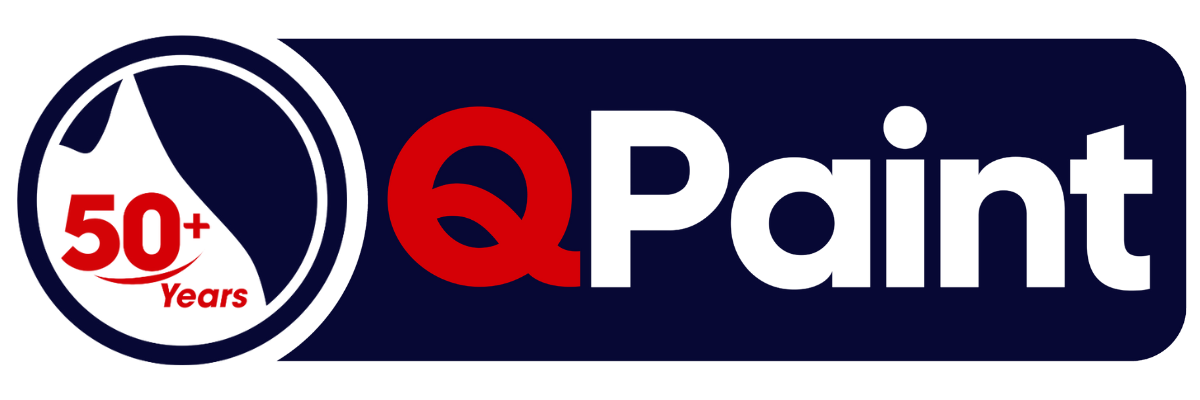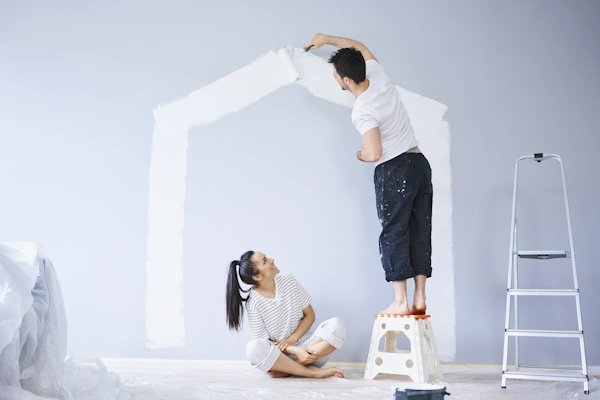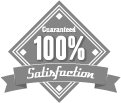As a bustling city known for its vibrant architecture and sun-drenched landscapes, Brisbane presents unique painting challenges for homeowners. Whether it’s battling the elements on the exterior or tackling tricky indoor surfaces, navigating the world of paint can be daunting. Fear not! This comprehensive guide will equip you with the knowledge and strategies to overcome the most common painting problems in Brisbane homes, ensuring your property maintains its stunning aesthetic for years.
Preventing Paint Blistering and Bubbling
One of the most frustrating exterior paint issues is blistering and bubbling. This unsightly problem often arises when the paint’s base coat does not adhere properly to the surface. Factors like bad surface preparation, painting over a damp wall, or applying the paint in sweltering weather can all contribute to this dilemma.
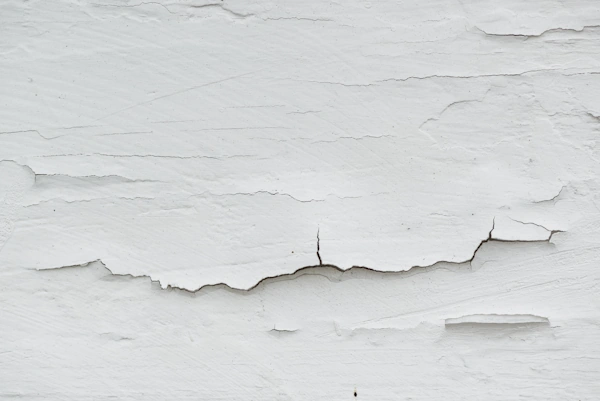
To avoid paint blistering, meticulous surface cleaning and priming are crucial. Thoroughly scrub the exterior walls, removing any dirt, grease, or residue that could interfere with paint adhesion. For Queenslander homes, the exterior prep is vital to the finished look. The wood may need to be sanded to remove flaky paint and uneven surfaces. Ensure the wall is completely dry before applying the primer and basecoat, taking care to avoid introducing air bubbles into the paint mixture. Steer clear of mixing water-based and oil-based paints, as this can also lead to blistering. Using the right exterior paint is just as important as the surface prep.
Combating Fading and Discolouration
Brisbane’s abundant sunshine and coastal climate can wreak havoc on exterior paint, causing it to fade and discolour over time. Some paint colours are more susceptible to this issue, especially if your home is situated near the coast.
To combat fading, invest in high-quality, UV-resistant paint formulated for the local climate. Opt for lighter shades like whites, pastels, and other pale tones, as they tend to be more resistant to sun damage. Regular maintenance, such as annual cleaning, washing, and repainting, can also help preserve the vibrant hues of your home’s exterior.
Preventing Cracking
Alligatoring, which is a painter’s term to describe a type of patterned cracking of the paint, where the paint develops a distinct cracked pattern resembling alligator skin, is another unsightly exterior paint problem. This issue often arises when the base coat and topcoat are incompatible or when the layers are applied before the previous coat has fully dried. This is something our team often sees on DIY exterior-painted homes. It’s one of the reasons we recommend professional painters over DIY, especially for exterior painting of homes.
To avoid alligatoring, ensure that each layer of paint is allowed to dry completely before applying the next. Carefully select a topcoat that is compatible with the underlying base coat to prevent the formation of unsightly cracks. Proper surface preparation and adherence to drying times can go a long way in preventing this undesirable outcome.
Tackling Yellowing Interior Paint
One of the most frustrating interior paint problems is the development of a yellow cast on white or light-coloured walls. This discolouration can be caused by exposure to heat, fumes, grease, or even the oxidation of solvent-based paints.
If the yellowing is due to a lack of sunlight exposure, simply opening the curtains and allowing natural light to flood the room can often restore the original hue. For issues stemming from moisture or grease, gently sanding the affected area and applying a stain-blocking primer can help. In cases of oxidation, a thorough cleaning with a trisodium phosphate solution may be necessary before repainting. You can get these specific cleaning agents at Bunnings, or look for products like Tricleanium or even CLR at your local supermarket.
Preventing Roller Drips and Splatters
Unsightly drips and splatters from the paint roller can mar the otherwise flawless finish of your interior walls. This problem is often caused by using low-quality paints or the wrong type of roller cover, as well as applying the paint too quickly or with too heavy a hand.
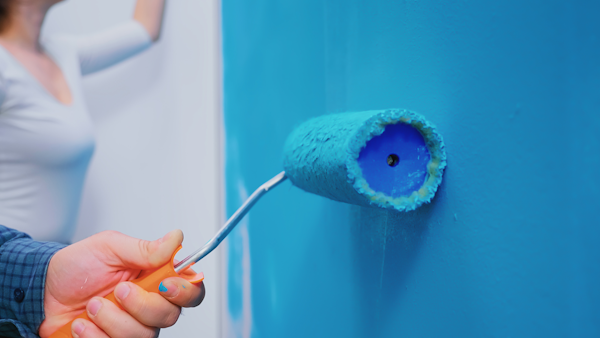
To avoid this issue, invest in premium-quality paints and roller covers specifically designed for interior use. Apply the paint in a controlled, methodical manner, using a mid-sized zigzag pattern to gradually fill in the wall. Resist the temptation to rush through the process, as this can lead to excess paint and undesirable splattering.
Addressing Sagging Paint
Another interior painting problem is the dreaded sagging of the paint. This can be caused by factors such as using the wrong type or amount of thinner, applying an excessive amount of paint, or working in an environment that is too humid or too cold.
To prevent sagging, carefully monitor the paint-to-thinner ratio, ensuring you use the right type and quantity of thinners. Apply the paint in thin, even coats, avoiding heavy-handed application. Maintain an optimal temperature and humidity level during the painting process to create the ideal conditions for a smooth, even finish. So don’t go painting your bedroom on the hottest day of the year or when the Brisbane humidity is thick.
Preparing the Surface for Success
Regardless of whether you’re tackling exterior or interior painting projects, proper surface preparation is the foundation for a long-lasting, high-quality result. This crucial step often gets overlooked, but it can make all the difference in preventing common painting problems.
Begin by thoroughly cleaning the surfaces, using a mild soap solution and a sponge or cloth to remove any dirt, grease, or residue. For plasterboard or Gyprock walls, dust the surface first before scrubbing with sugar soap to ensure a clean, grease-free canvas. If the surface has any flaking or peeling paint, carefully scrape and sand the affected areas before cleaning. Fill in any holes or cracks with a suitable filler, allowing it to dry completely before sealing with a primer or universal undercoat.
Remember, the time and effort invested in meticulous surface preparation will pay dividends in the long run, helping you avoid common painting pitfalls and ensuring a stunning, long-lasting finish.
Tackling Moisture and Water Damage
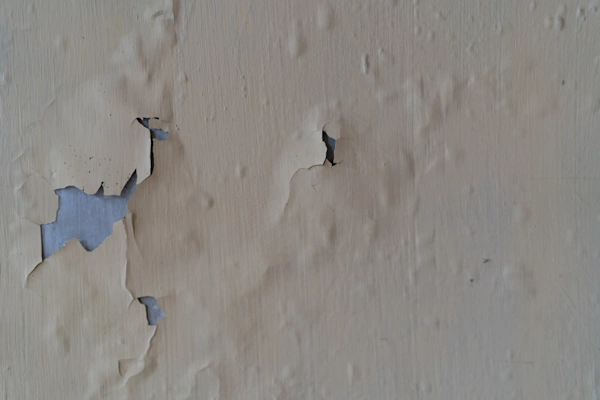
One of the primary culprits behind exterior and interior paint problems is the presence of moisture and water damage. Whether it’s a leaky roof, excess humidity, or damp walls, these issues can wreak havoc on your paint job, leading to blistering, peeling, and discolouration.
Identifying and addressing the root cause of the moisture problem is crucial before attempting any painting work. Inspect your home thoroughly, paying close attention to areas prone to water exposure, such as bathrooms, kitchens, and laundry rooms. Repair any leaks, improve ventilation, and address any underlying moisture issues to create a sound foundation for your new paint application.
Once the moisture problem has been resolved, ensure the affected surfaces are completely dry before proceeding with cleaning, priming, and painting. This will help prevent the recurrence of paint-related issues and ensure a long-lasting, high-quality finish.
Choosing the Right Paint for the Job
Selecting the appropriate paint type for your specific surface and environment is essential in avoiding common painting problems. Mixing incompatible paint types, such as applying latex-based paint over previously oil-based surfaces, can lead to peeling and adhesion issues.
Consult with professional painters or paint experts to determine the best paint formulation for your needs. Consider factors like the substrate material, exposure to sunlight, moisture levels, and intended use of the space. By choosing the right paint for the job, you’ll be well on your way to a successful, problem-free painting project.
Maintaining and Refreshing Your Paint
Even with the best preparation and paint selection, your interior and exterior paint won’t last forever. Regular maintenance and timely touch-ups can help extend the lifespan of your paint job and keep your home looking its best.

Establish a routine cleaning schedule, gently wiping down walls with a mild soap solution to remove dirt, scuffs, and stains. For high-traffic areas, spot-clean as needed to prevent the accumulation of marks and damage.
Find Experienced Painters in Brisbane
Navigating the complexities of interior and exterior painting can be a daunting task, especially for homeowners unfamiliar with the intricacies of the process. Partnering with experienced, reputable painters in Brisbane can be the key to a successful, problem-free painting project.
Look for painting contractors with a proven track record of excellence, thorough knowledge of local climate conditions, and a commitment to using high-quality materials and techniques. A reliable painting team will guide you through the entire process, from initial consultation and surface preparation to the final application and cleanup, ensuring your home’s paint looks stunning and lasts for years to come.
Top 3 Exterior and Interior Painting Problems
Exterior Paint Challenges
1. Weather and Climate Considerations
- Brisbane’s humid subtropical climate can affect paint adhesion and drying times.
- Plan painting projects around Brisbane’s wet season to avoid issues with moisture.
2. Preparing the Surface
- Remove dirt, and mildew, and repair any surface damage before painting.
- Use a quality primer suitable for Brisbane’s weather conditions to ensure paint durability.
3. Choosing the Right Paint
- Opt for paints specifically designed for exterior use in high humidity and intense sunlight.
- Light colours reflect heat, which can be beneficial for Brisbane’s warm climate.
Interior Paint Challenges
1. Selecting Paint Finishes
- Use durable finishes like satin or semi-gloss for areas prone to wear and tear.
- Bathrooms and kitchens benefit from mould-resistant, easy-to-clean paints.
2. Colour Selection Tips
- Consider how Brisbane’s abundant sunlight affects colour perception inside your home.
- Choose colours that enhance the mood and function of each room.
3. Preparing Indoor Surfaces
- Ensure walls are clean and free of dust and grease.
- Fill cracks and holes for a smooth, flawless finish.
Common Problems and Solutions
1. Dealing with Peeling Paint
- Moisture, improper surface preparation, or low-quality paint.
- Address the underlying moisture issue and repaint with high-quality, weather-appropriate paint.
2. Preventing Mould and Mildew
- Use mould-resistant paints and ensure proper ventilation.
- Clean affected areas with a mould-killing solution before repainting.
3. Handling Fading and Discoloration
- Choose paints with UV-resistant properties to combat Brisbane’s strong sunlight.
- Periodic cleaning and touch-ups can prolong the paint’s vibrancy.
Conclusion
Dealing with common painting problems in Brisbane homes requires a multifaceted approach, from meticulous surface preparation to the selection of the right paint products and techniques. By understanding the root causes of issues like blistering, fading, and sagging, and implementing proven preventative measures, you can maintain the vibrant, long-lasting aesthetic of your property’s interior and exterior.
Remember, investing in professional painting services can be the difference between a successful, problem-free project and a frustrating, costly endeavour. Leverage the expertise of experienced Brisbane painters to ensure your home’s paint stands the test of time, showcasing your property’s beauty for years to come.
